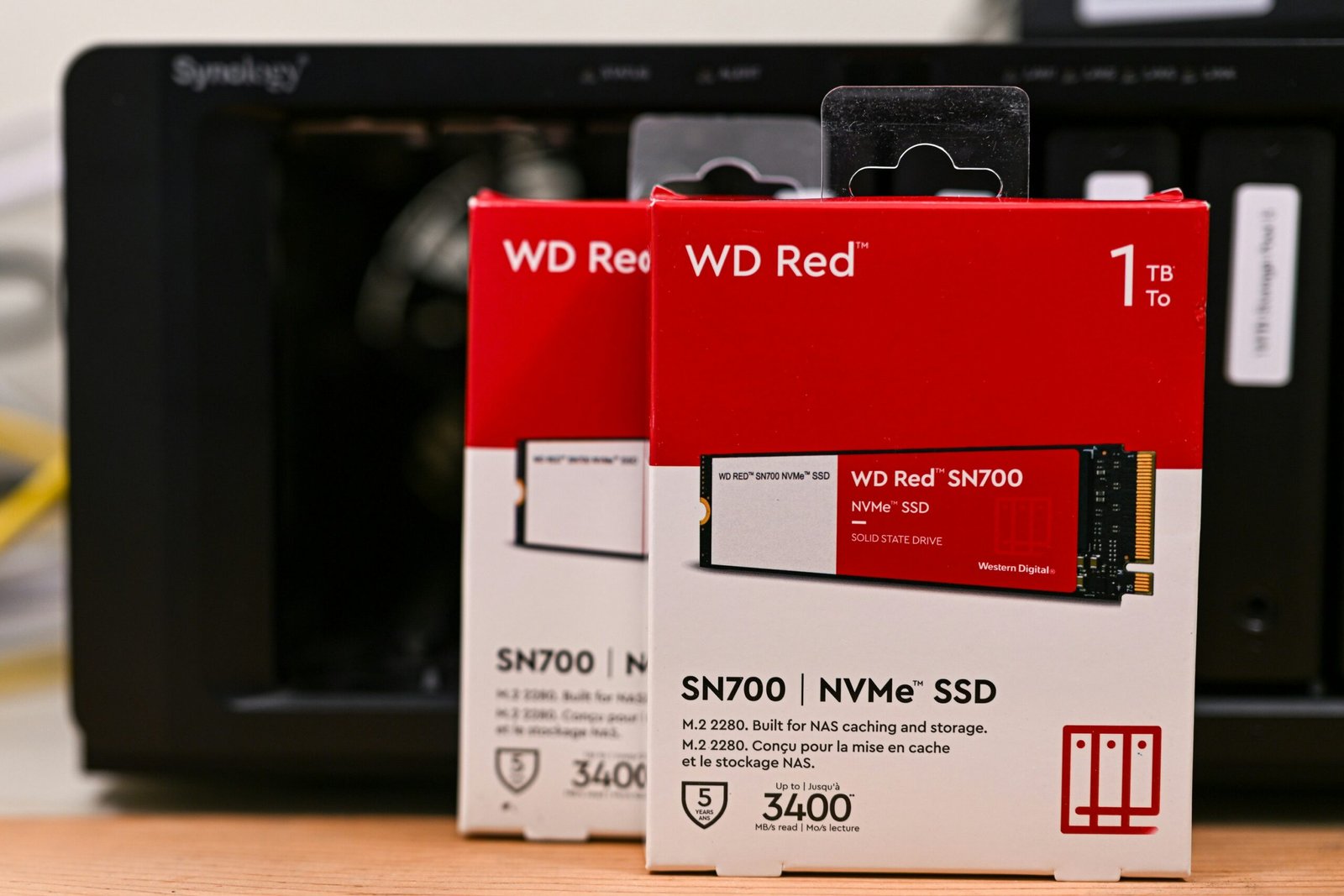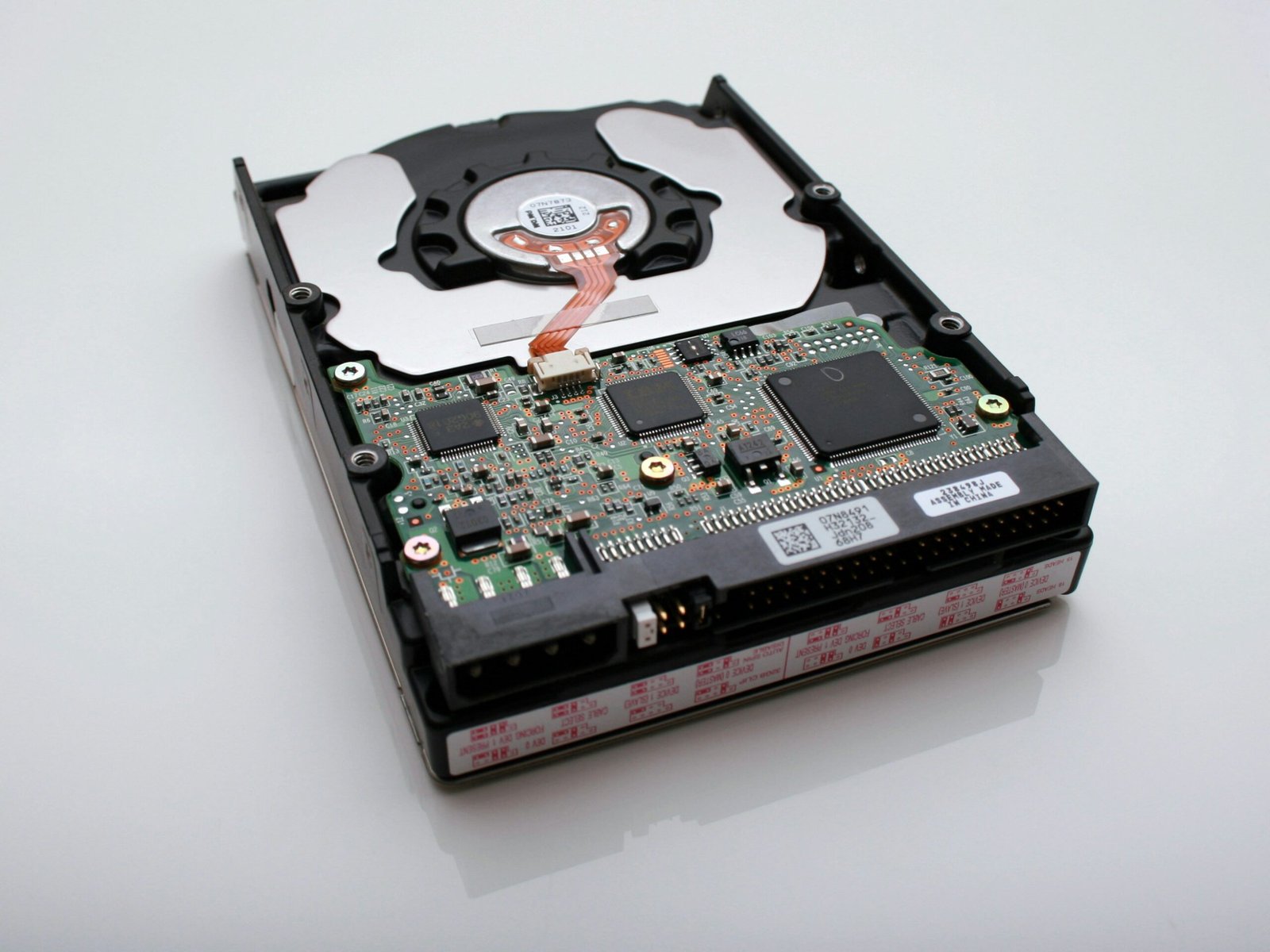What is NVMe?

NVMe, which stands for Non-Volatile Memory Express, is a protocol designed specifically for accessing high-performance solid-state drives (SSDs). It is a technology that has revolutionized storage solutions by significantly improving the speed and efficiency of data transfer.
Traditional storage devices, such as hard disk drives (HDDs) and even early solid-state drives (SATA SSDs), used the SATA (Serial ATA) interface to communicate with the computer’s motherboard. While SATA served its purpose well for many years, it became a bottleneck for SSDs due to its limited bandwidth and slower data transfer rates.
Enter NVMe, a protocol that was developed to fully utilize the capabilities of modern SSDs. NVMe utilizes the PCIe (Peripheral Component Interconnect Express) interface, which is commonly used for connecting high-speed expansion cards like graphics cards and network adapters. By leveraging PCIe, NVMe SSDs can achieve much higher data transfer speeds compared to their SATA counterparts.
One of the key advantages of NVMe is its ability to take advantage of parallelism. Traditional storage interfaces like SATA were designed for spinning hard drives, which have mechanical limitations that prevent them from accessing multiple data streams simultaneously. NVMe, on the other hand, is specifically optimized for flash-based storage devices, which can handle multiple data streams in parallel.
With NVMe, SSDs can deliver significantly faster read and write speeds, resulting in improved overall system performance. This is particularly beneficial for tasks that involve heavy data processing, such as video editing, gaming, and large-scale data analytics.
Another advantage of NVMe is its low latency. Traditional storage interfaces introduce latency due to their design and the need to convert commands into a format that the storage device can understand. NVMe eliminates this overhead by using a streamlined command set that is directly understood by the SSD, reducing latency and improving responsiveness.
In addition to its performance benefits, NVMe also offers improved power efficiency. By using the PCIe interface, NVMe SSDs can operate with lower power consumption compared to their SATA counterparts. This is especially important for mobile devices, where power efficiency is crucial for maximizing battery life.
While NVMe offers numerous advantages over traditional storage interfaces, it is important to note that not all systems and motherboards support NVMe out of the box. To take advantage of NVMe SSDs, you need a motherboard with an available M.2 (or U.2) slot that supports NVMe, as well as a compatible operating system that includes NVMe drivers.
In conclusion, NVMe is a game-changing technology that has transformed the storage industry. Its ability to leverage the high-speed PCIe interface and parallelism of flash-based storage devices enables significantly faster data transfer speeds, lower latency, and improved power efficiency. As NVMe continues to evolve, we can expect even more advancements in storage performance and capabilities.




